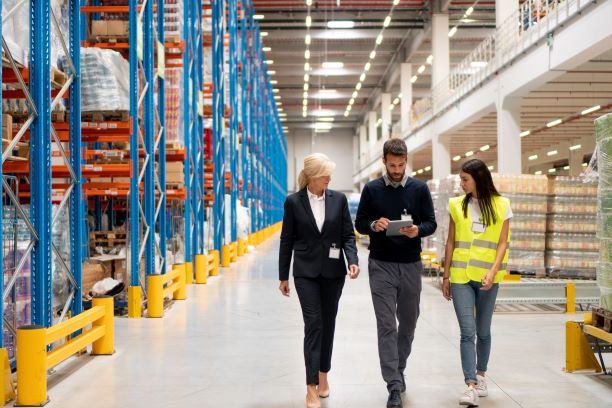There is no industry that did not experience a major impact from the global pandemic. People and businesses globally have spent the last year in const
There is no industry that did not experience a major impact from the global pandemic. People and businesses globally have spent the last year in constant evolution simply trying to survive the changes they have faced because of this moment in time. Specifically, within the logistics industry changes to rules, timelines, and border restrictions have made it especially challenging to prioritize safety while simultaneously trying to drive business forward and meet financial goals and customer demands.
Home Delivery Services
With so many unknowns, specifically at the start of the pandemic, people were relying heavily, if not exclusively, on home delivery services to help them purchase everyday products that they needed. Everything from groceries to school supplies, to home improvement items were in high demand. The logistics industry banned together to create improved processes to be able to keep up with the supply and demand while providing the same level of customer service that consumers have come to expect.
As a professional within this industry, greater demands on this service have forced the need for top-of-the-line fleet management software. Customer service reps are constantly flooded with ‘where is my package’ inquiries and without these software programs they would have no way to get those questions answered. One of the pros to come out of this whirlwind has been increased visibility into efficiency and an opportunity to refine processes to not only keep up the pace, but to grow as well.
Acquiring Equipment
Many business owners found during this time that the rate of growth was difficult to adapt to with their current level of resources. The need to quire more equipment to meet the level of demand was roadblocked though by increased difficulties surrounding business loans and financing. Lenders felt a certain level of discomfort signing off on loans in an unstable economy. The car financing industry had to change the way the approval process looked too. With lockdown restrictions closing brick and mortar offices, virtual approval processes had to be created, tested, and implemented on a timeline that is arguably much shorter than it was pre-pandemic.
Public Transportation and Ride Shares
Public transportation has been a lifeline for many people, and depending on the geographical location, the main source of mobility for the community. The ups and downs of COVID-19 have created an element of unreliability within this industry because with so many frequent and immediate changes looming, people could not count on using public transportation or ride share programs to get where they needed to go.
In addition to the measures that public officials have taken to make public transportation safe there are resources available for individuals to learn how to protect themselves when using these services. Personal safety measures are a way for not just those who use public transportation to feel safe but also for those who have increased contact with those people to also rest assured that they are protected. With capacity totals being lowered to increase safety, companies have also done their part to add additional routes and expand their hours of service to offset the impact of that restriction.



















































































































COMMENTS